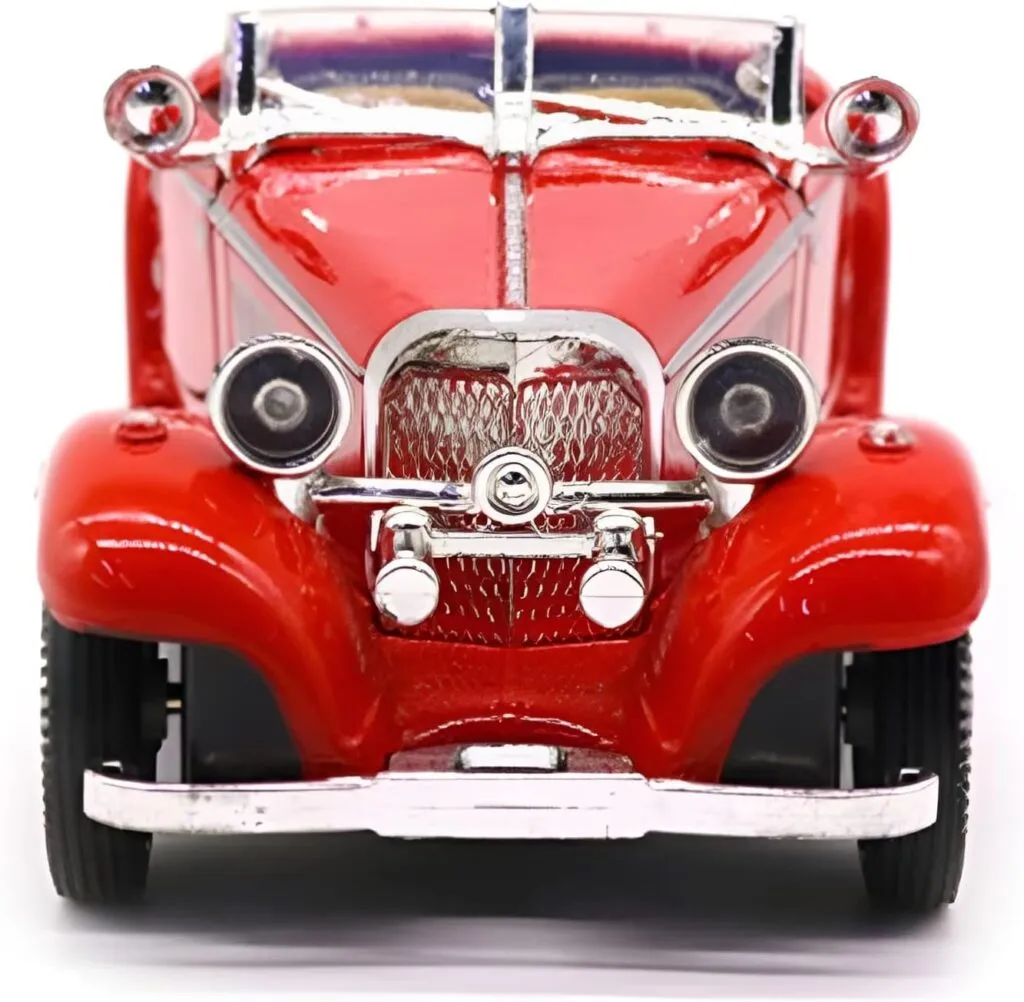Top 7 Facts About Old Diecast Toy Cars
Old diecast toy cars represent more than just childhood memories; they are tangible pieces of history, miniature works of art, and often, surprisingly valuable collectibles. The world of diecast cars is vast and varied, encompassing a wide range of makes, models, and eras. Understanding the nuances of this hobby can be incredibly rewarding, whether you’re a seasoned collector or just starting to explore the fascinating world of vintage toy cars. This article will delve into seven key facts that every enthusiast, from novice to expert, should know. Prepare to be amazed by the stories, the craftsmanship, and the enduring appeal of these iconic miniature vehicles. Get ready to discover the rich history, the valuable treasures, and the enduring appeal of these beloved toys.
The History of Diecast Toy Cars
The history of diecast toy cars is a journey through innovation and industrial advancement, starting in the early 20th century. The diecast process, which involves injecting molten metal into molds, allowed for detailed and accurate representations of real-world vehicles. Early models, often made of lead or zinc alloys, paved the way for the more sophisticated creations we see today. This manufacturing technique allowed for the creation of durable and detailed miniatures, unlike anything that had been seen before. The evolution of these toys mirrors the evolution of the automobile itself, as each new model reflected the latest trends in automotive design and technology. The materials used and the manufacturing processes have changed significantly over the years, but the fundamental goal remains the same to create faithful reproductions of iconic vehicles in miniature form.
Early Manufacturers and Their Impact
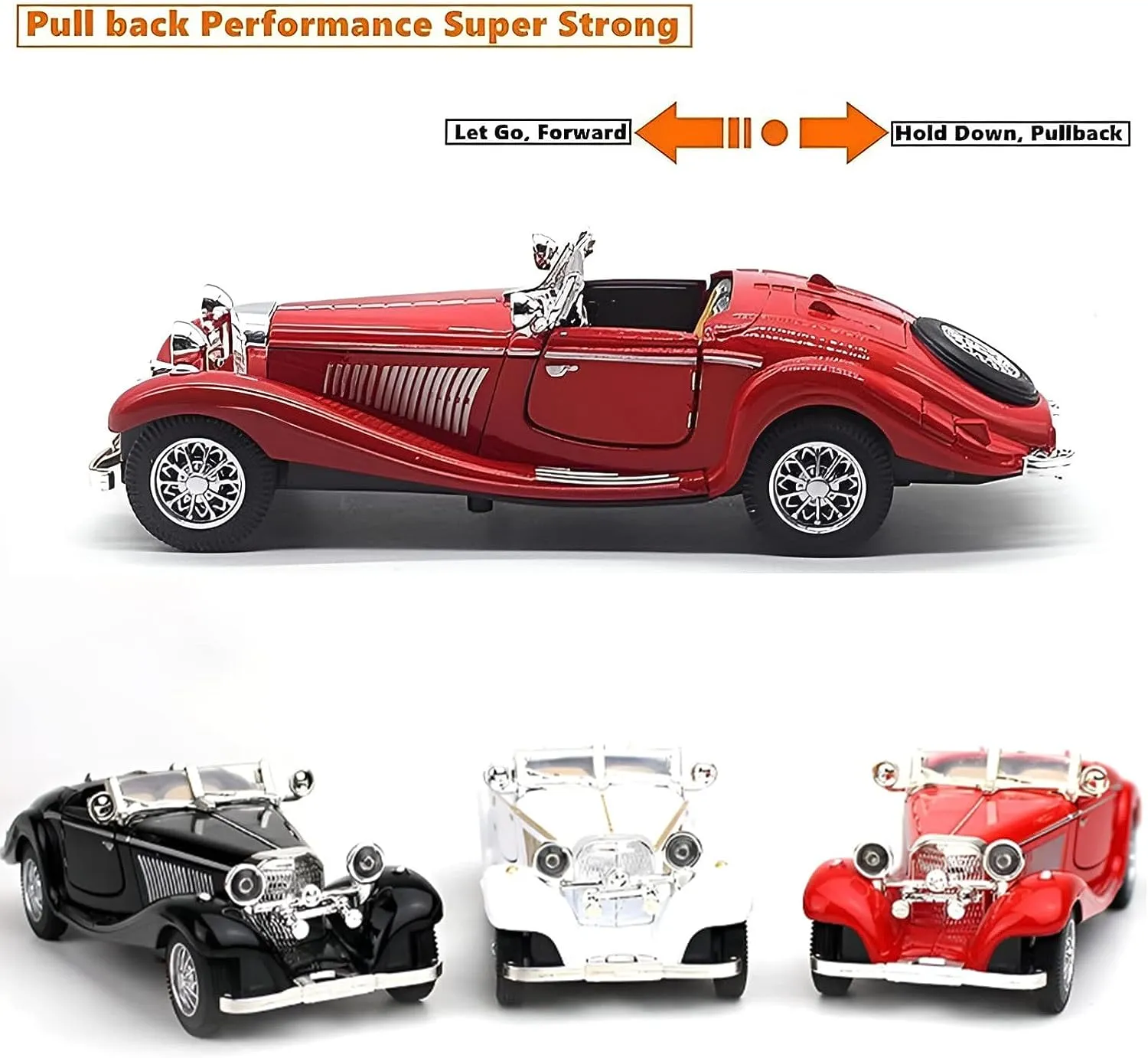
Several pioneering manufacturers played a crucial role in establishing the diecast toy car industry. Companies like Dowst Manufacturing (Tootsietoys) and Lesney Products (Matchbox) were among the first to recognize the potential of this new technology. These companies not only developed the production methods but also established the standards for scale, detail, and playability that continue to influence the industry. Their early models, often simple and robust, were designed to withstand the rigors of play, becoming cherished items for children worldwide. They laid the groundwork for a global market and shaped the way we perceive and collect these miniature vehicles today. The impact of these early manufacturers is still felt in the value and popularity of their original creations.
The Rise of Popular Diecast Brands
As the diecast industry grew, several brands emerged as leaders, each with its unique approach to design, manufacturing, and marketing. These brands not only captured the imagination of children but also cultivated a loyal following among adult collectors. The quality of the diecast cars, the detail and the models offered played a major role in the brands popularity. Some of these brands, such as Dinky, Corgi, and Matchbox, became household names, synonymous with quality and innovation. Their contributions to the hobby are immeasurable, and their products remain highly sought-after by enthusiasts around the world. The success of these brands can be attributed to their ability to blend craftsmanship, attention to detail, and a keen understanding of the ever-evolving preferences of their customers.
Dinky Toys
Dinky Toys, a British brand, was renowned for its realistic models and intricate details. These cars were often larger and more detailed than their competitors, appealing to a more discerning market. Dinky Toys’ models were seen as premium products. Their commitment to quality and accuracy made them a favorite among collectors. Dinky produced a wide range of vehicles, from cars and trucks to military vehicles and aircraft, all meticulously crafted. The brand’s influence on the diecast market is still significant, and Dinky Toys are highly valued by collectors who appreciate the brand’s historical significance and craftsmanship. Dinky Toys are known for their intricate detailing and accurately scaled models.
Corgi Toys
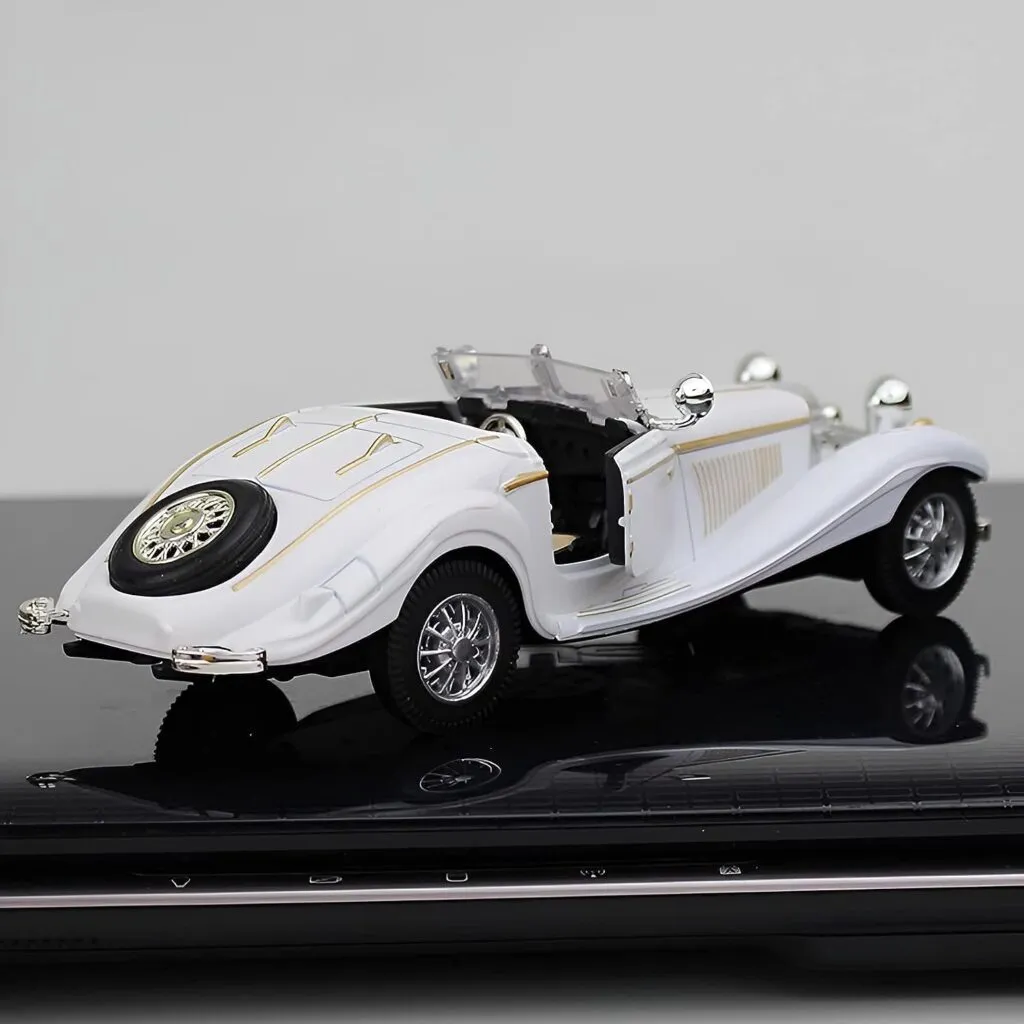
Corgi Toys, another prominent British brand, gained popularity for its innovative features, such as opening doors and windows. Corgi was one of the first brands to introduce models with working features, enhancing their appeal to children. Corgi also produced models of famous film and television vehicles. Corgi’s approach was to combine playability with realism, making its toys both fun and accurate. Their models were also known for their vibrant colors and detailed interiors. Today, Corgi models are sought after by collectors for their play value and design. Corgi Toys remain a significant part of diecast history.
Matchbox
Matchbox revolutionized the diecast market with its innovative packaging and affordability. These small, pocket-sized cars were designed to fit in a matchbox, making them convenient and accessible. Matchbox quickly became a global phenomenon, appealing to a wide audience. Matchbox’s focus on affordability and collectability was a game-changer, paving the way for a more diverse and accessible toy market. The brand’s early models are now highly collectible, representing a pivotal moment in diecast history. Matchbox’s influence continues to be felt in the industry.
Identifying Valuable Diecast Cars
Identifying valuable diecast cars requires a keen eye and a thorough understanding of the factors that influence their worth. Rarity, condition, and provenance all play crucial roles in determining a model’s value. Understanding these elements can significantly increase your chances of finding a hidden gem, whether you’re a seasoned collector or just beginning your diecast journey. Knowing how to spot these factors is essential for anyone looking to delve deeper into the world of collecting.
Factors Influencing Value
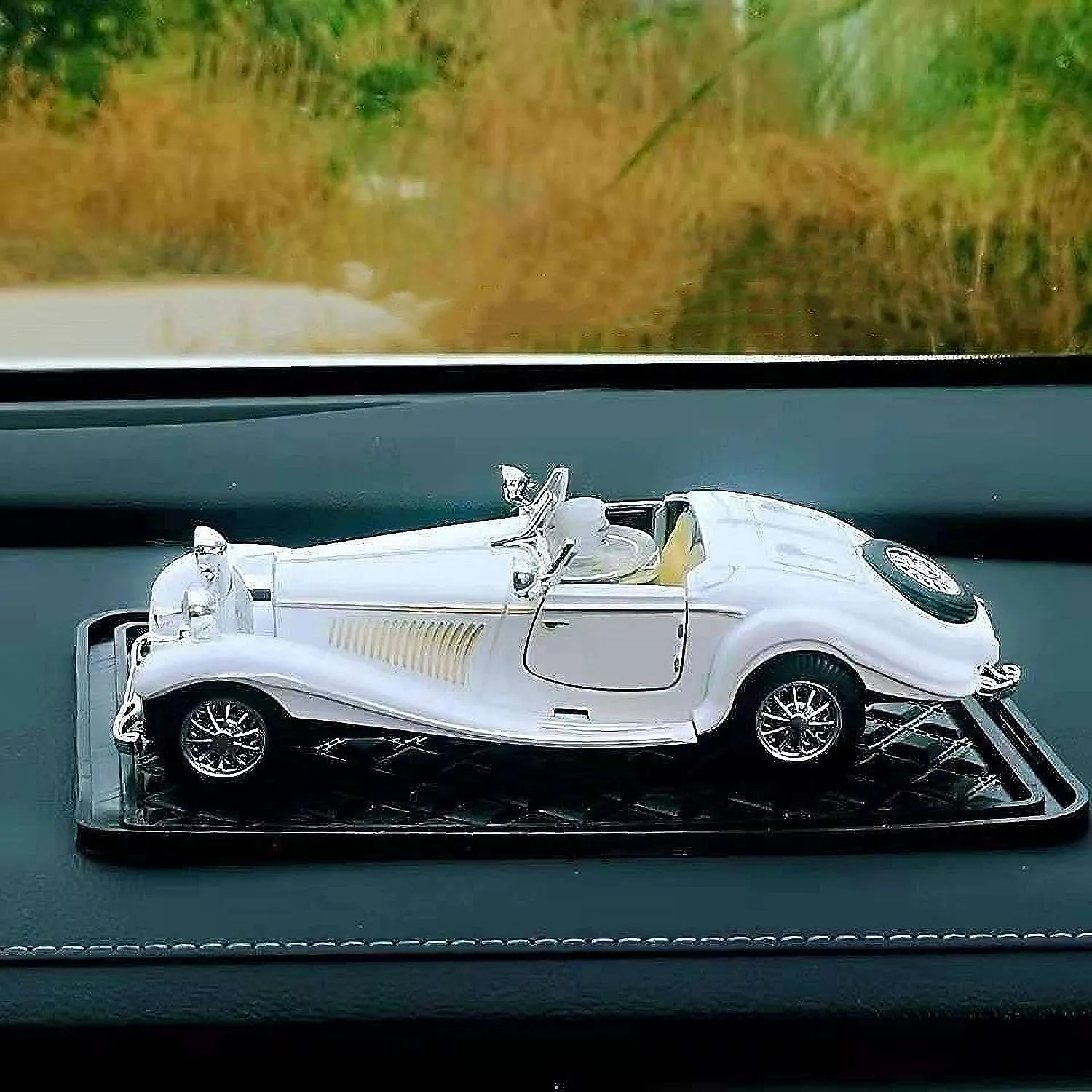
Several factors contribute to the value of old diecast toy cars. Rarity is paramount: limited editions, prototypes, and models produced in small numbers are often the most valuable. Condition also significantly impacts price; models in pristine condition command a premium. The presence of original packaging, such as the box and any accompanying paperwork, can dramatically increase a model’s value. The model’s historical significance and the manufacturer can influence value. Knowing the specifics of how each of these factors affects the worth of the diecast car is essential to properly evaluate a model.
Rarity and Limited Editions
Rarity is one of the most critical factors in determining the value of a diecast car. Limited editions, promotional models, and those produced for specific markets are often highly sought after. These models were made in smaller quantities, making them harder to find. Prototypes and test models are incredibly rare. Collectors often place a high premium on these unique items. Limited production runs and special editions were made for a variety of reasons, from promotional giveaways to collector’s club exclusives. These models are often the cornerstone of many collections, representing the pinnacle of diecast collecting.
Condition and Preservation
The condition of a diecast car significantly affects its value. Models in mint condition, with no chips, scratches, or fading, are the most valuable. Well-preserved models demonstrate the care taken by previous owners, adding to their desirability. The absence of damage or wear is crucial in determining the value of a diecast car. Collectors often pay a premium for models that have been meticulously stored and protected over the years. Proper storage can help maintain the condition of the diecast car, protecting it from environmental factors that may cause degradation. Collectors prioritize models that are in top condition.
The Importance of Original Packaging
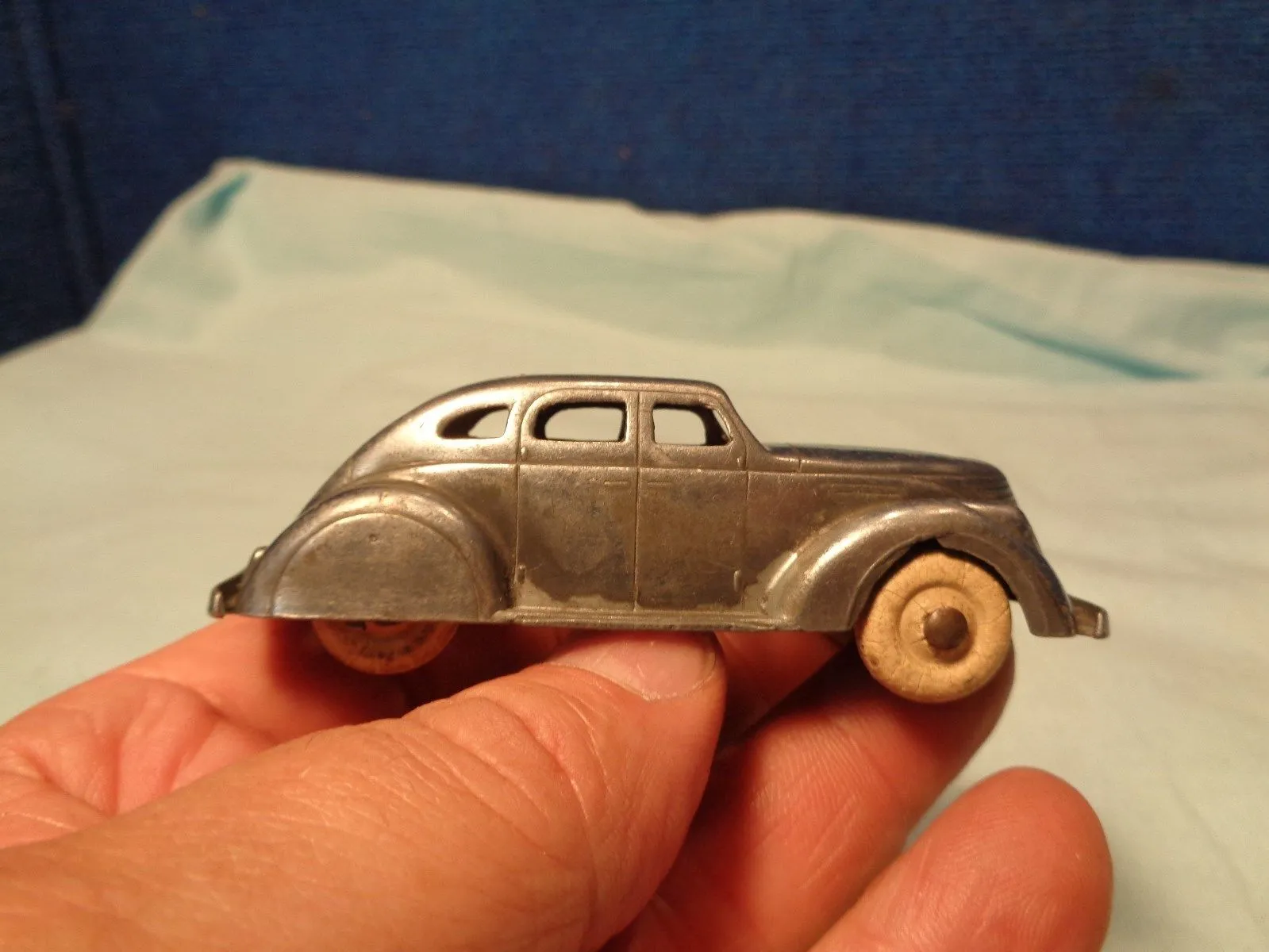
Original packaging is another critical factor in determining the value of diecast cars. The box, which often features original artwork and information about the model, adds historical context and authenticity. Packaging that is in good condition enhances the value. Packaging is usually in good condition and has minimal wear and tear. Models with their original boxes are more valuable, particularly if the packaging is in excellent condition. Collectors often value models with complete packaging because it provides a glimpse into the model’s history. This is especially true for rare models, as the packaging can be just as rare as the model itself.
Collecting Diecast Cars
Collecting diecast cars is a rewarding hobby, offering a unique blend of history, artistry, and personal connection. Whether you’re drawn to the nostalgia of childhood memories or the thrill of the hunt, the world of diecast collecting has something to offer everyone. Getting started, building your collection, and protecting your investment are all part of the fun, and can be very rewarding. Building a collection gives you the ability to learn more about the history of cars.
Starting a Collection
Starting a diecast car collection involves defining your interests, setting a budget, and learning about the market. Decide what you want to collect, which could include specific brands, eras, or types of vehicles. Researching the market will help you understand the value of different models and identify potential investment opportunities. Start with a budget, and be prepared to adjust your spending as your collection grows. It’s important to prioritize quality over quantity, focusing on models that you genuinely appreciate. Joining collector’s clubs and online forums is an excellent way to learn from other enthusiasts and get advice.
Displaying and Protecting Your Collection
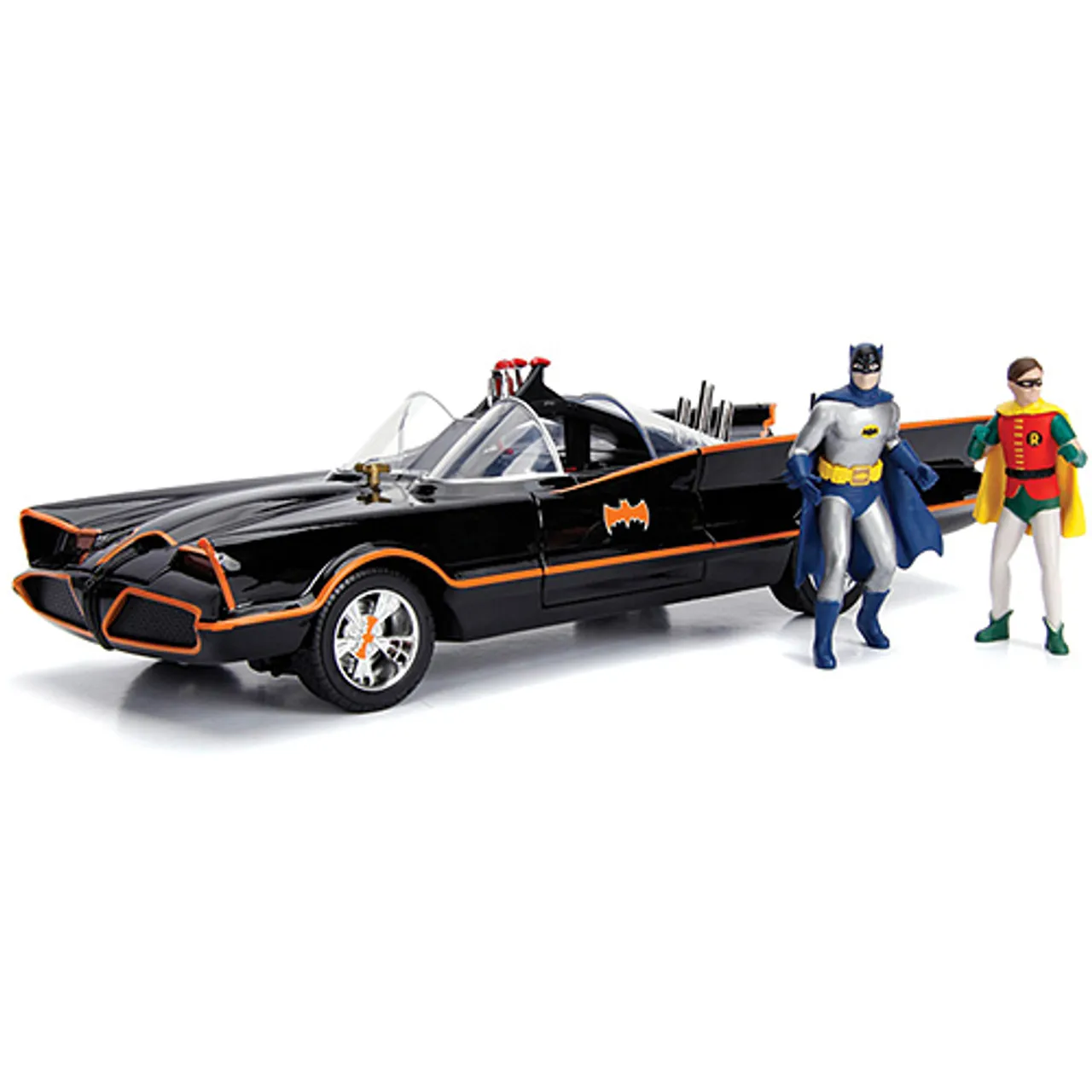
Proper display and preservation are essential for maintaining the value and enjoyment of your diecast car collection. Display your models in a dust-free environment away from direct sunlight. Consider using display cases to protect your cars from dust, damage, and theft. Regular cleaning with a soft cloth will help preserve their appearance. Proper storage is also important if you have a large collection. By following these guidelines, you can keep your collection in excellent condition for years to come. Careful display and preservation are essential in maintaining the value and appearance of your collection.
Where to Find Old Diecast Cars
Finding old diecast cars requires a combination of online research, local exploration, and networking with other collectors. Various avenues exist for discovering these miniature treasures, from the convenience of online marketplaces to the excitement of in-person events. Exploring these options will significantly increase your chances of finding the cars you’re looking for.
Online Marketplaces and Auctions
Online marketplaces and auctions are excellent resources for finding and purchasing old diecast cars. Websites like eBay, Etsy, and specialized diecast auction sites offer a vast selection of models from various manufacturers. Online platforms provide access to a global market, allowing you to browse and bid on models that might not be available locally. When using online platforms, be sure to research the seller’s reputation and carefully review the photos and descriptions before making a purchase. Auction sites are great for finding rare and valuable models, but make sure to set a budget and stick to it.
Local Toy Fairs and Collectors’ Clubs
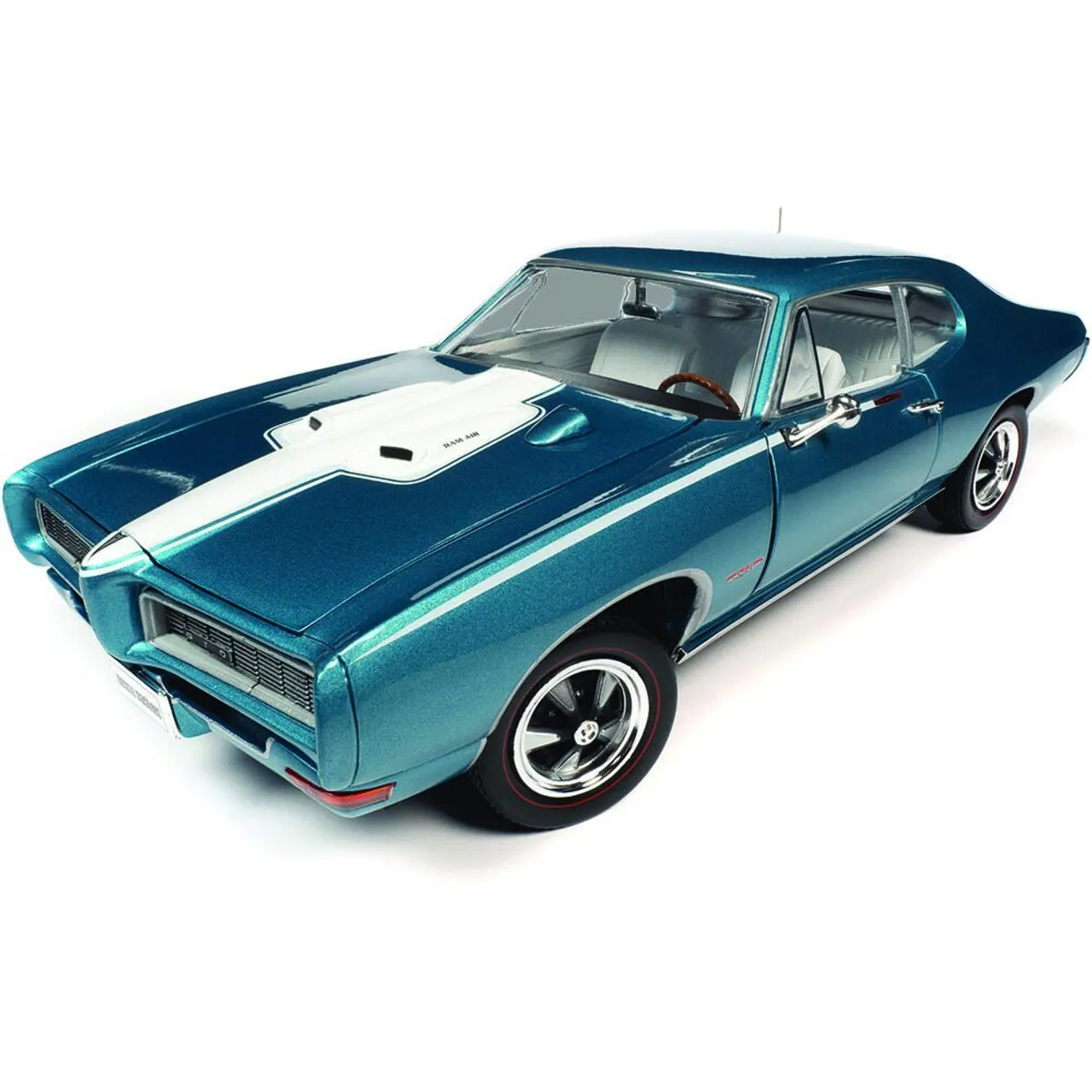
Local toy fairs and collectors’ clubs offer a more hands-on approach to finding old diecast cars. These events provide opportunities to meet other collectors, examine models in person, and negotiate prices. Toy fairs are a treasure trove of vintage and rare diecast cars, often featuring models from private collections and dealers. Joining a collectors’ club provides access to valuable information, networking opportunities, and potential buying and selling opportunities. Attending these events allows you to learn more about the hobby, and gain insights from other collectors. Being part of the community can be a rewarding experience.
Restoring Old Diecast Cars
Restoring old diecast cars is a rewarding project that can bring new life to your collection. The restoration process involves cleaning, repairing, and repainting the model to its original glory. Basic restoration techniques can enhance your understanding of the car. The goal is to preserve the model’s historical integrity. Whether you’re a seasoned restorer or a beginner, restoring diecast cars can be both a fun and satisfying hobby.
Basic Restoration Techniques
Basic restoration techniques include careful disassembly, cleaning, and repair. Start by disassembling the model, removing any loose parts. Clean the model using appropriate solvents and tools, ensuring you do not damage the original materials. Minor repairs, such as fixing broken parts or replacing missing components, may be necessary. Researching the specific model is crucial. Researching and practicing will improve your restoration skills. Many online resources are available to guide you through the process.
Cleaning and Detailing
Cleaning and detailing are essential steps in the restoration process. Carefully clean the model with mild soap and water. Use soft brushes and cotton swabs to remove dirt and grime from the delicate details. For more stubborn stains, you may need to use specialized cleaning solutions. Pay close attention to the details, such as the interior, wheels, and windows, to ensure a thorough cleaning. Detailing involves restoring the small details, like headlights, taillights, and trim. With the right techniques, you can make significant improvements to the appearance of a diecast car.
Paint and Bodywork
Paint and bodywork are the most challenging aspects of restoration. Carefully remove the old paint using paint stripper. Prepare the surface for repainting by sanding and priming the model. Apply multiple thin coats of paint. Use the correct paint type for diecast models. Applying decals and other detailing elements can complete the restoration process. With patience and attention to detail, you can return your diecast car to its original splendor.
The Future of Diecast Car Collecting
The future of diecast car collecting is bright, with new technologies and a growing appreciation for vintage toys. The diecast market continues to evolve, with new models, materials, and manufacturing techniques. The collecting community is expanding, with more people discovering the joy of collecting these miniature vehicles. Diecast cars continue to hold a special place in the hearts of collectors. The enduring appeal of diecast cars, combined with the advancements in technology and the growth of the collector community, ensures a vibrant future for the hobby.
